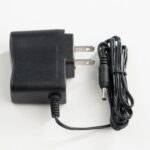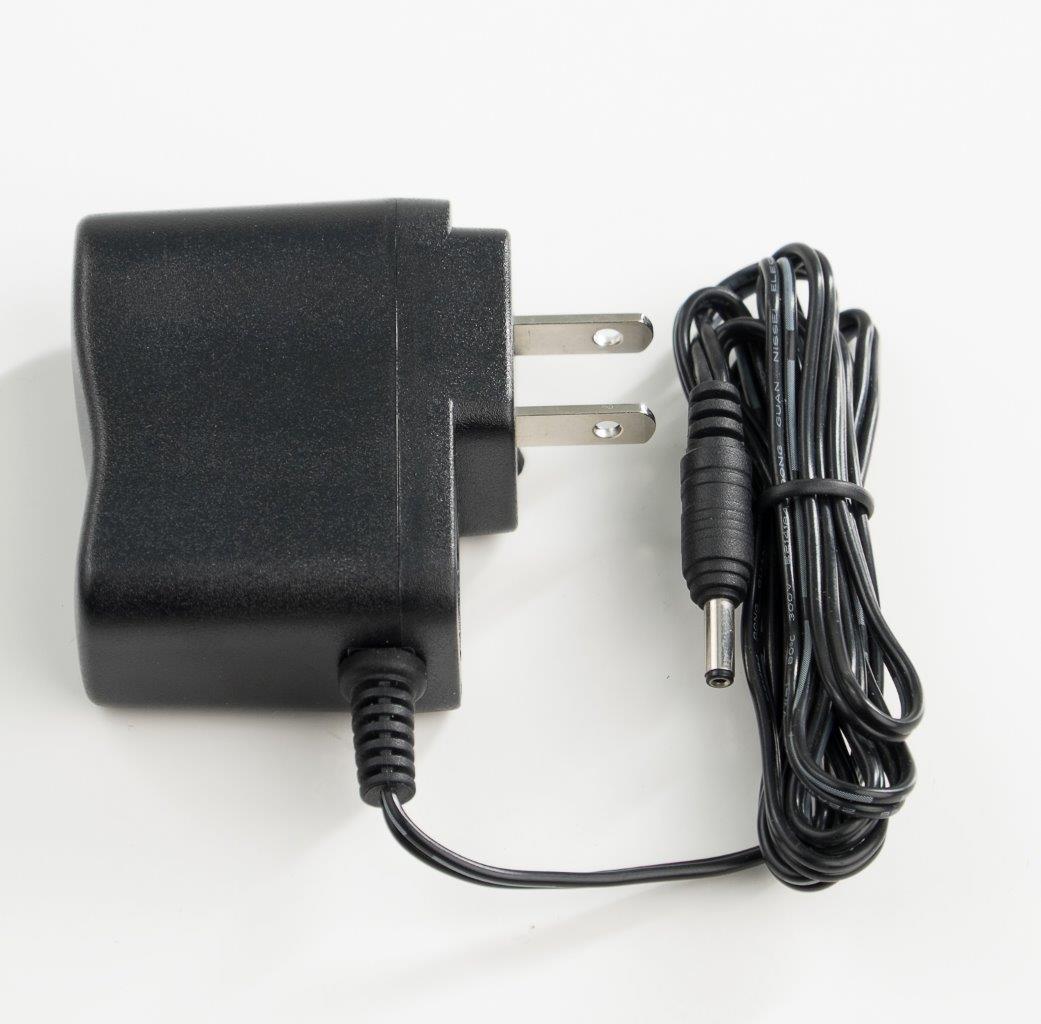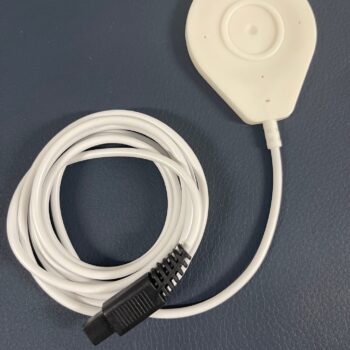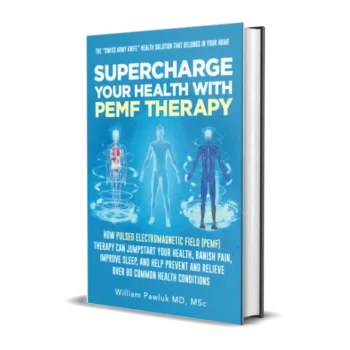FlexPulse Charger (THIS CHARGER IS FOR THE ORIGINAL FLEXPULSE AND IS NOT COMPATIBLE WITH THE FLEXPULSE G2)
$30.00
FlexPulse Charger (THIS CHARGER IS FOR THE ORIGINAL FLEXPULSE AND IS NOT COMPATIBLE WITH THE FLEXPULSE G2)
$30.00
FlexPulse battery charger. (NOTE THAT THIS CHARGER IS NOT COMPATIBLE WITH THE FLEXPULSE G2 MODEL) Input voltage is AC 100-240V, so it can be used worldwide.
When Flexpulse unit is fully charged, the red indicator on the charger will turn green. When full charged, unplug the charger from the FlexPulse unit.
Specification:
– Input: worldwide AC 100~240V
– Output: 6.4V 0.6A
– Charge Process: -dV detect or >=5mV/cell
– Charger Indicator: Red for charging, Green for end
– Output Protections: Short circuit,Overload protection
– Safety Approval: CE cUL
– Size: 65 x 61 x 25mm
– Battery type: 3.6~4.8Volt (4Cells) 1~4Ah NIMH Batteries

Not sure if this device is right for you?
- Don't worry! Let us help you make the right decision

Reasons to buy from Dr Pawluk
Try a PEMF System for 90 Days with our Feel the Benefit Return Policy*
Feel the difference daily PEMF can make – 90 days to transform your well-being or receive a refund.

Dr.Pawluk expert
support team
Dr. Pawluk’s Expert Support Team is here for you. Whether optimizing your PEMF experience or seeking personalized advice, we’re just a call or email away, ensuring your journey to wellness.

3-year extended
warranty
We stand behind our product quality. That’s why we offer a 3-year warranty on control units, surpassing standard warranties—our promise of durability and commitment to your long-term wellness.





